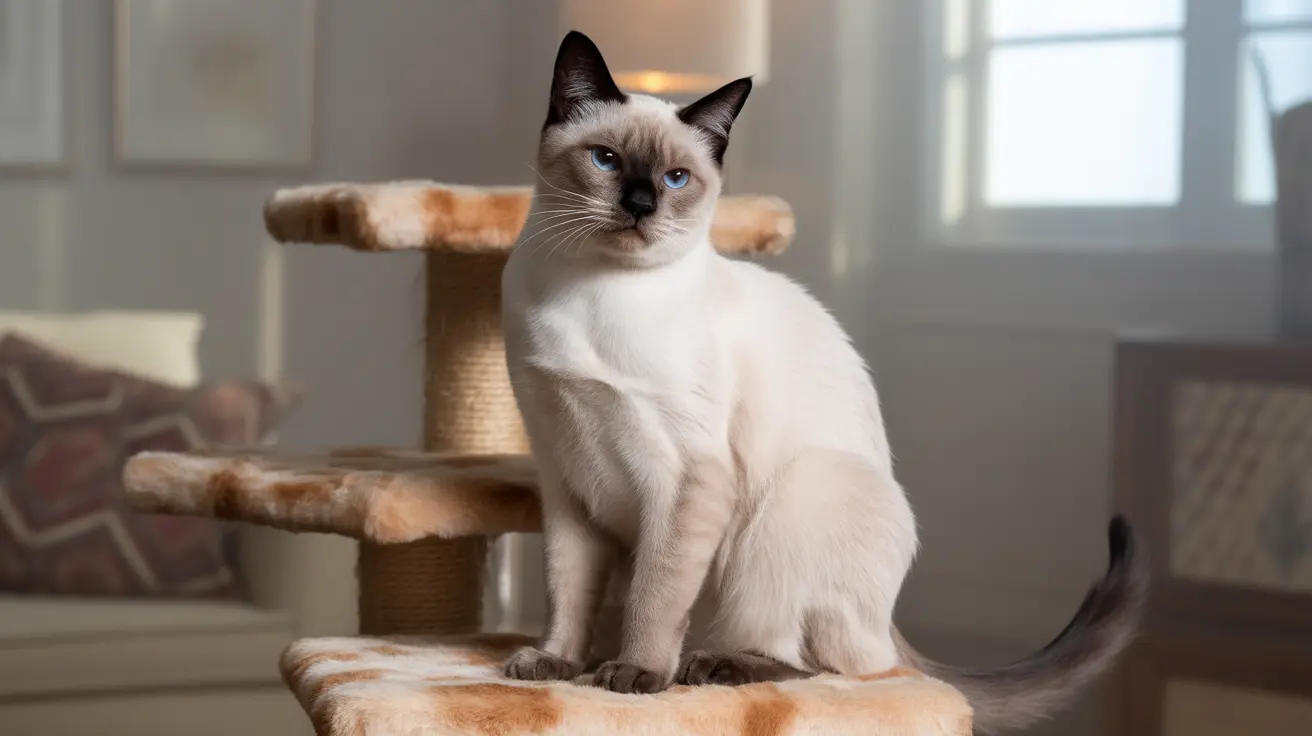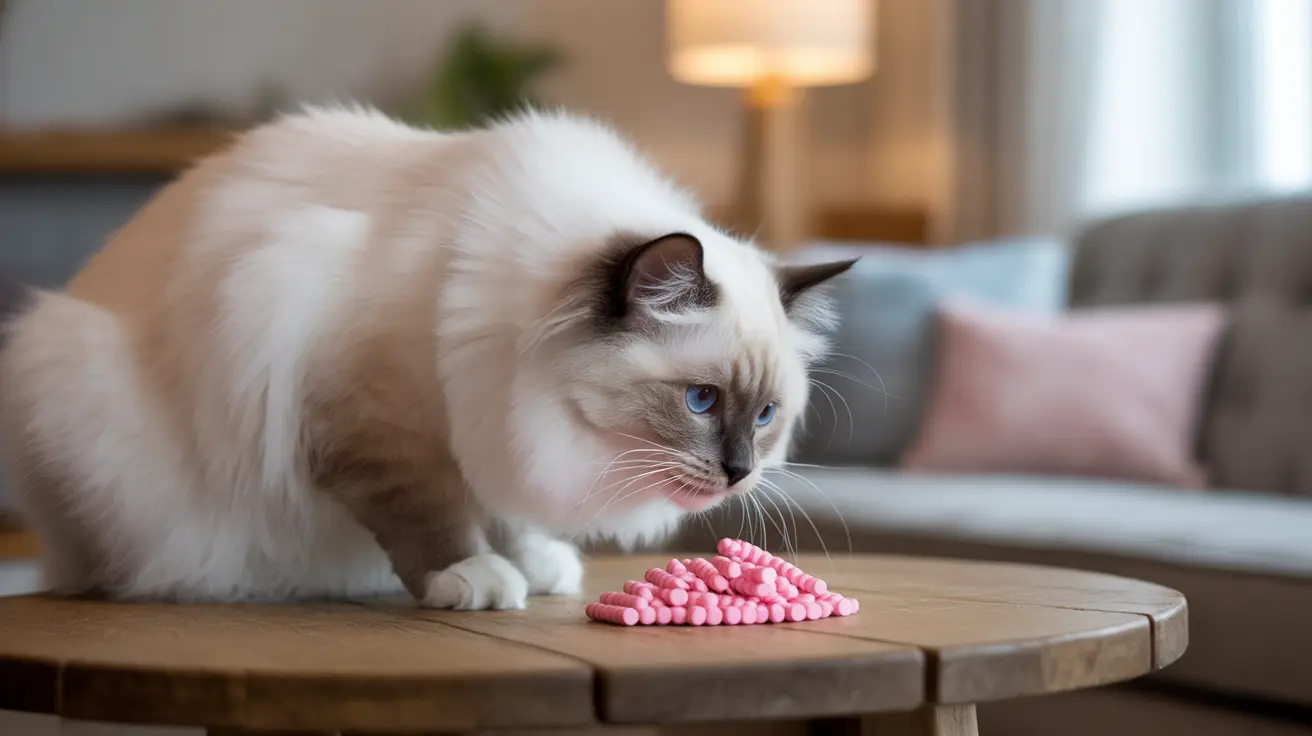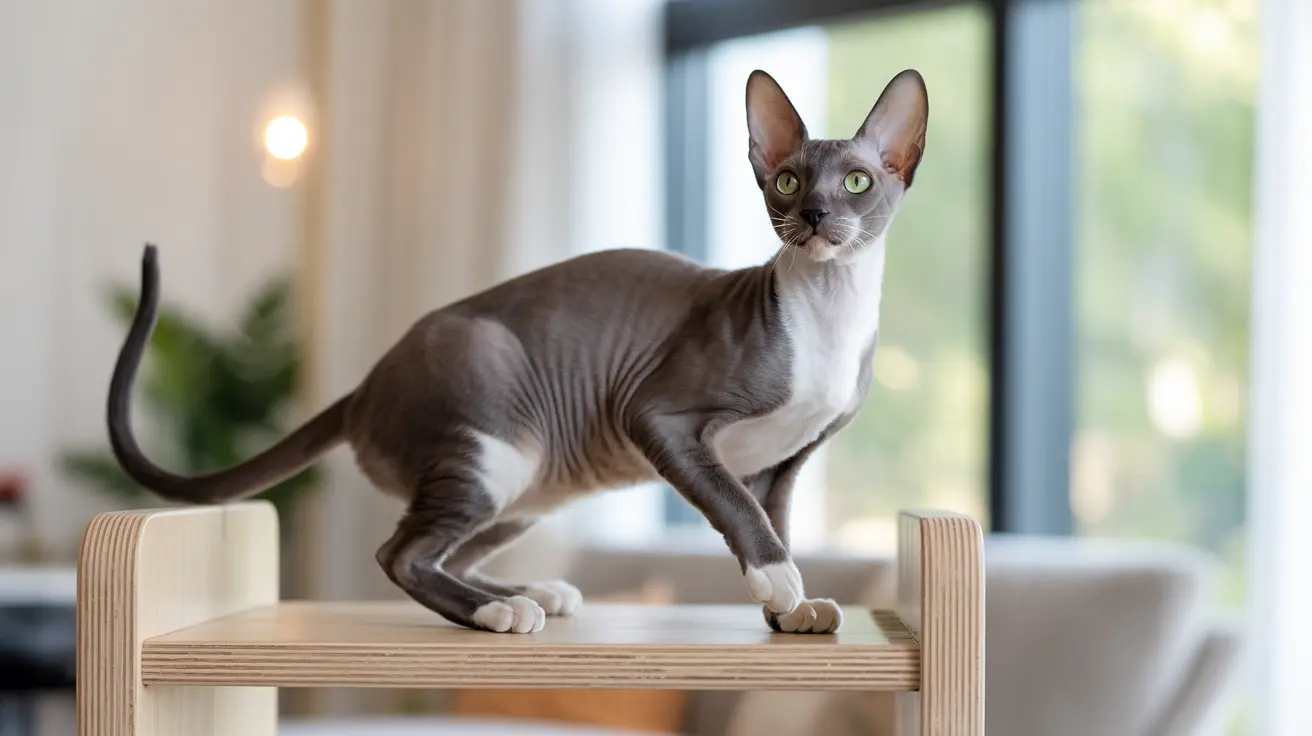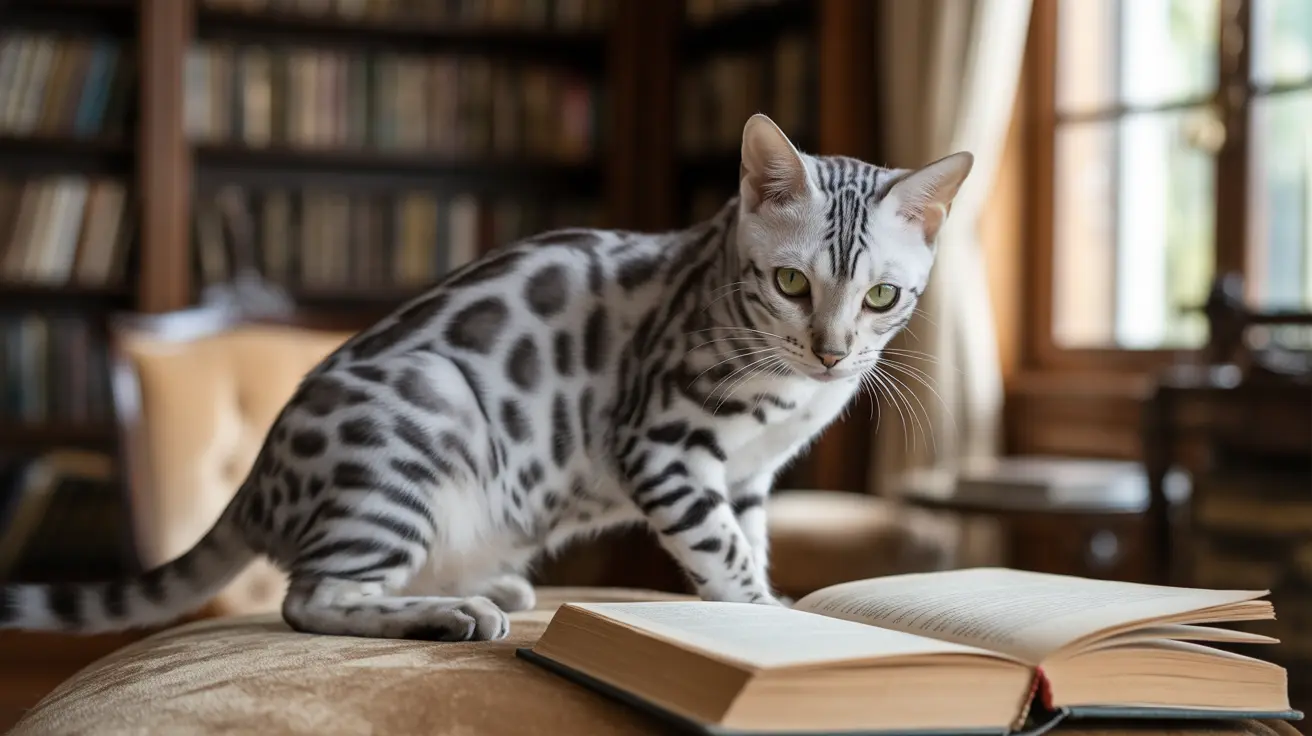Ever wondered why your feline friend seems to have more attitude in their little paw than most dogs have in their entire body? Cats' notorious sassiness isn't just a quirky personality trait – it's deeply rooted in their evolutionary history, genetic makeup, and unique approach to human relationships.
From their independent hunting origins to their selective breeding history, several fascinating factors contribute to what we perceive as feline sass. Let's explore the science behind your cat's distinctive personality and why these behaviors make perfect sense from a feline perspective.
The Evolutionary Roots of Feline Independence
Unlike dogs, who evolved from pack animals, cats developed as solitary hunters. This fundamental difference shaped their entire approach to social interaction. While dogs were bred specifically to work with humans, cats essentially "domesticated themselves" by choosing to hang around human settlements for easy access to prey.
This self-directed evolution means cats retained much more of their wild instincts and independent nature. They never needed to develop the eager-to-please attitudes that characterize most dogs, instead maintaining their autonomous decision-making abilities.
Understanding Your Cat's "Sass Language"
What we often label as sass is actually sophisticated feline communication. Cats use a complex combination of vocalizations, body language, and strategic behaviors to express their needs and feelings:
- Tail positions and movements
- Strategic ignoring of commands
- Selective attention-giving
- Calculated displays of affection
- Precise timing of interactions
The Genetics Behind Feline Attitude
Research shows that cats share over 90% of their DNA with humans, and their cerebral cortex structure is surprisingly similar to ours. This genetic closeness might explain their capacity for complex emotional responses and their ability to form nuanced relationships with their human families.
Unlike dogs, cats weren't extensively bred for specific behavioral traits, allowing them to maintain more of their natural instincts and personalities. This genetic preservation contributes to their independent and sometimes seemingly defiant nature.
How Different Cat Breeds Express Sass
While all cats can display sassy behavior, certain breeds are particularly known for their attitude:
- Siamese: Famous for their vocal demands and opinionated nature
- Abyssinian: Known for their mischievous intelligence
- Bengal: Combines wild-cat attitude with domestic cat charm
- Maine Coon: Masters of subtle sass and gentle manipulation
Managing Your Sassy Cat's Behavior
Understanding and respecting your cat's natural tendencies is key to a harmonious relationship. Instead of trying to eliminate their sass, learn to appreciate and work with their unique personality:
- Provide environmental enrichment
- Respect their space and boundaries
- Use positive reinforcement
- Create predictable routines
- Allow them to initiate interactions
Frequently Asked Questions
Why do cats act so independent and "sassy" compared to dogs?
Cats' independent nature stems from their evolutionary history as solitary hunters, unlike dogs who evolved as pack animals. This background, combined with their less intensive domestication process, results in more autonomous behavior patterns.
What are common signs of a cat's sassy behavior and how can I recognize them?
Common sassy behaviors include selective attention, strategic ignorance of commands, calculated displays of affection, and using specific vocalizations or body language to communicate their demands.
How does a cat's evolutionary history influence its selective and aloof interactions with humans?
Cats' evolutionary past as solitary hunters means they never developed the same social dependencies as dogs. Their interactions with humans are based on choice rather than pack mentality, leading to more selective engagement.
Are certain cat breeds more prone to sassy or outspoken personalities?
Yes, some breeds like Siamese, Abyssinian, and Bengal cats are known for their more pronounced personalities and "sassy" behaviors, though individual cats of any breed can display these traits.
How can I respect and manage my cat's sassy behavior without causing stress or aggression?
The key is to understand and work with your cat's natural behaviors rather than against them. Provide enrichment, respect their space, use positive reinforcement, and allow them to initiate interactions on their terms.
Embracing Your Cat's Unique Personality
Your cat's sass isn't a flaw – it's a feature of their species that makes them uniquely charming companions. By understanding the science behind their behavior, you can better appreciate and nurture your relationship with your feline friend, sass and all.






